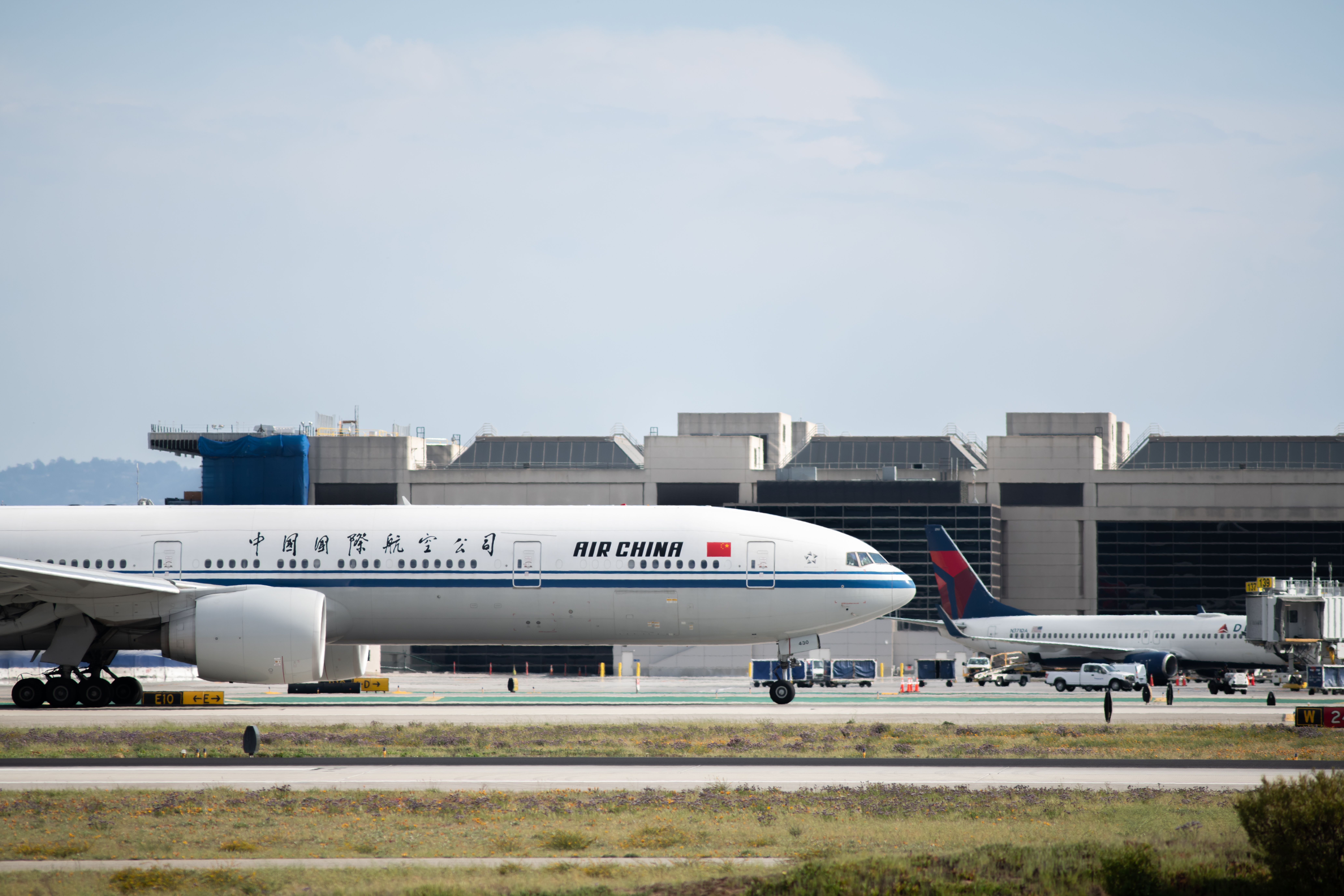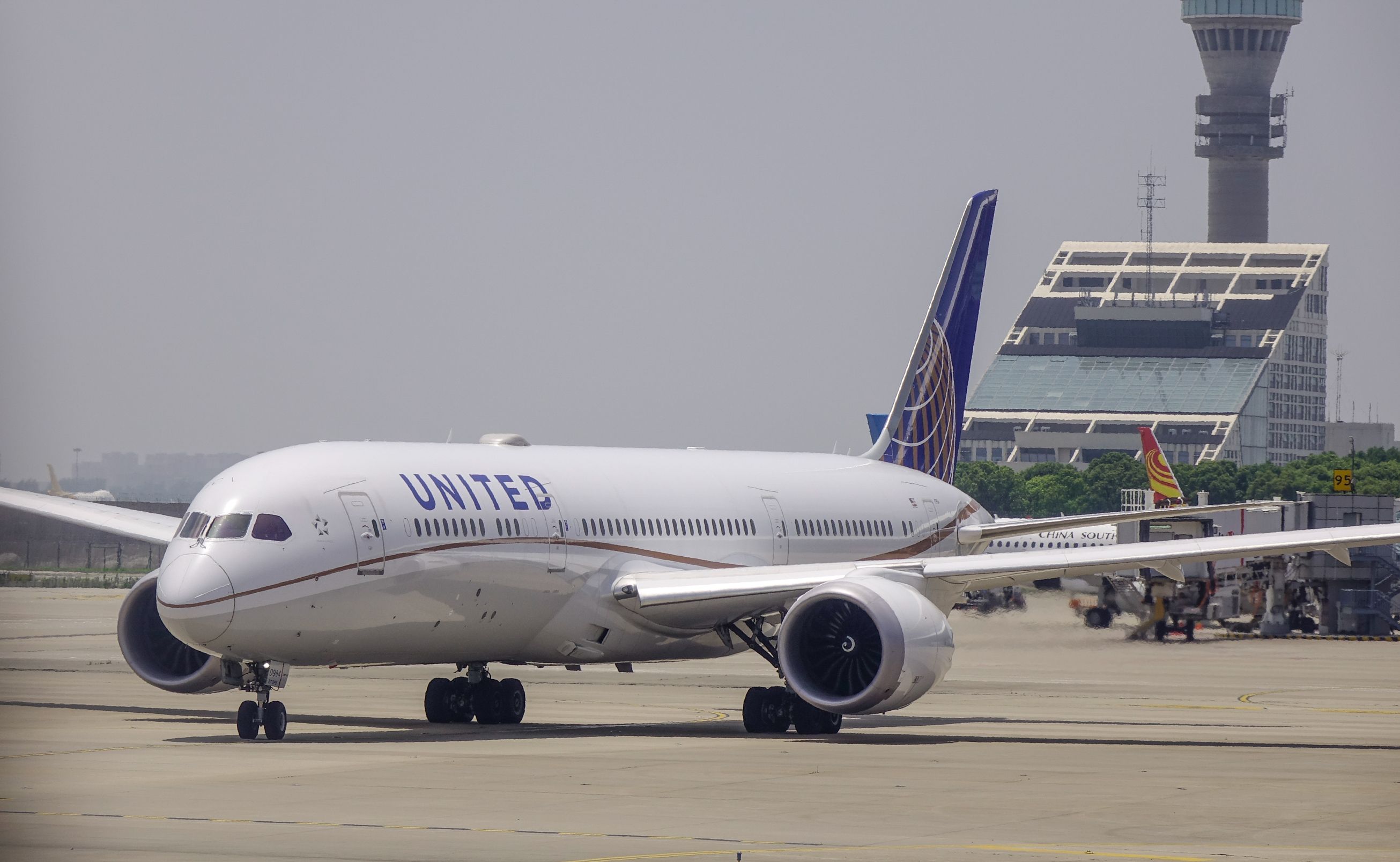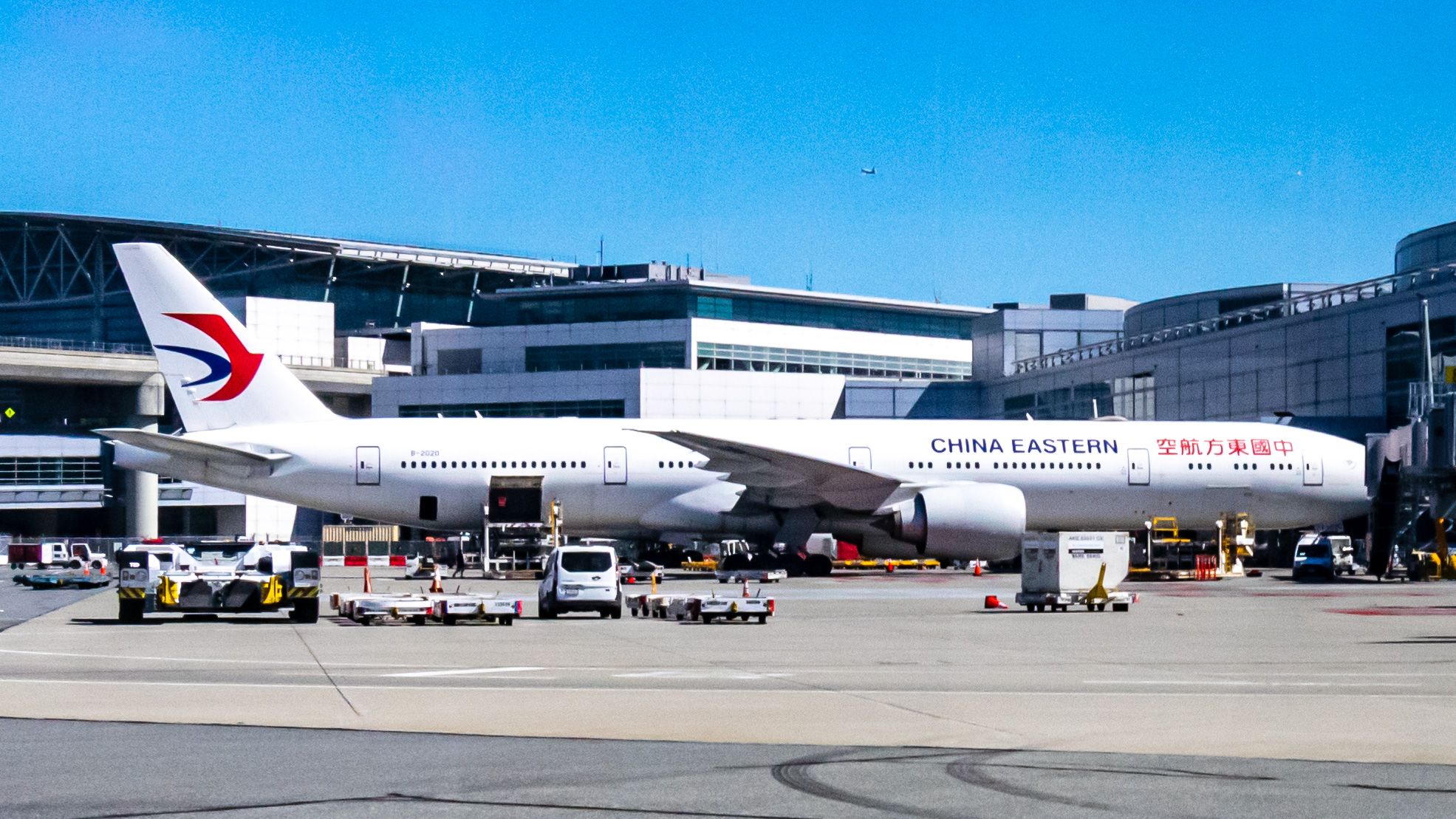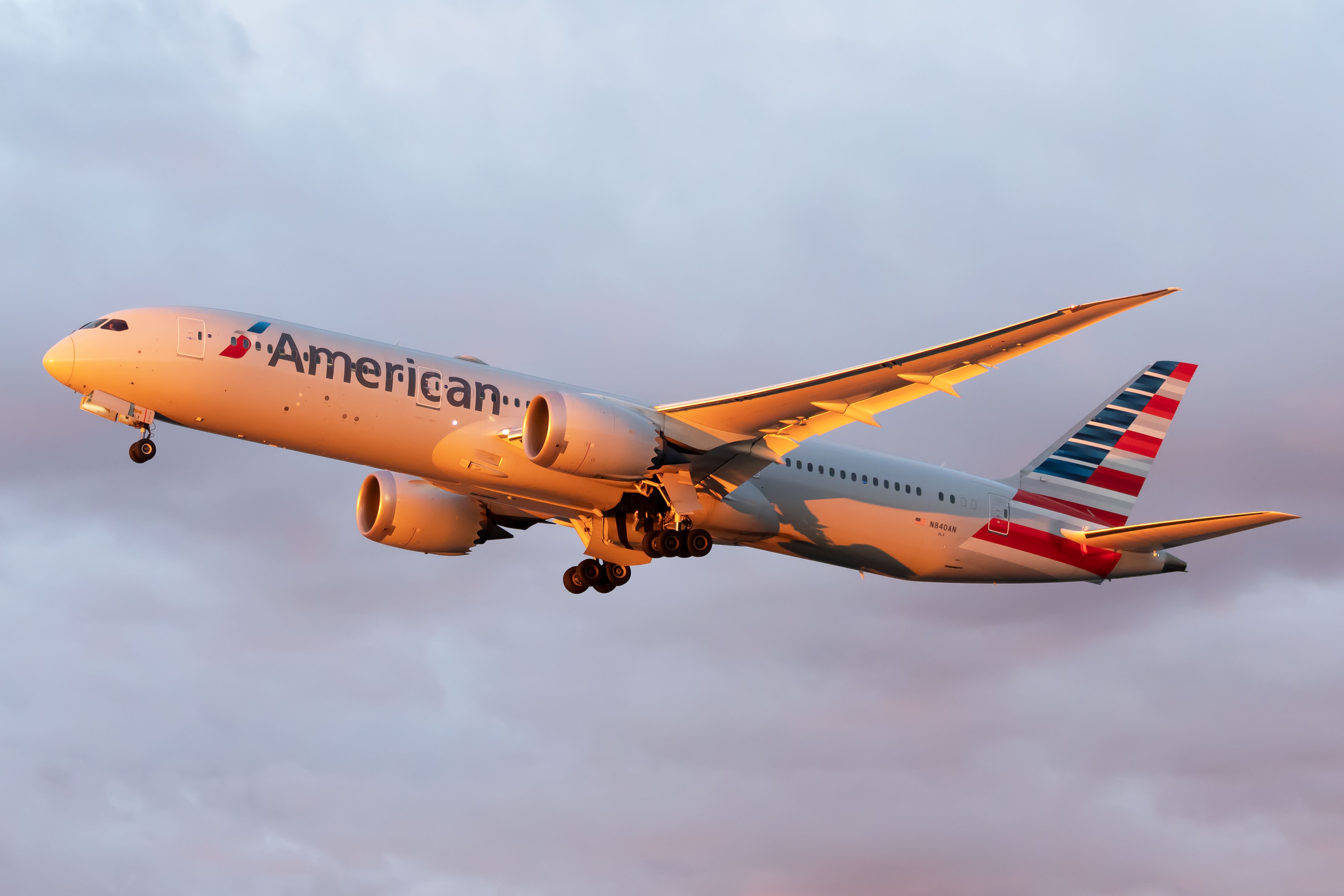Non-stop flights between North America and Asia have increased significantly compared to the capacities offered last year, with several legacy carriers offering at least 90% more seats from this coming June through August than they did the previous year. New airlines have also begun serving the US from Asia, further signaling a stronger recovery in the North America-Asia capacity.
But despite the increased flight schedules and addition of new carriers, seating capacities in the North America-Asia market is still at least 34% down this summer compared to pre-pandemic levels. And even though China has fully reopened, there are still 90% fewer flights between the US and China this summer - all of which highlight the drastic effect of the ongoing US-China flight dispute.
What's the geopolitical dispute all about?
The US-China flight conflict occurred around February last year when most of the Western world and a few others were banned from flying through Russian, Ukrainian, Belarusian, and Moldovan airspace. But on the other hand, Asian and Middle Eastern carriers were still allowed to use Russia's airspace. This meant that, as opposed to the Asian and Middle Eastern carriers, US and other Western carriers were forced to add extra miles on routes to Asia.
In other words, US and Western carriers were at a significant competitive disadvantage compared to their Asian and Middle Eastern Counterparts. And in an attempt to level the playing field, US senators and the airline industry last month lobbied for a ban on other carriers willing to use Russian airspace or even force them to adhere to the same lengthy routes as their US counterparts.
This lobby specifically affects four Chinese carriers that fly between China and the US, including Air China for its Beijing-Los Angeles and Beijing-Shenzhen routes; China Southern Airlines for its Guangzhou-Los Angeles and Guangzhou-New York routes; China Eastern Airlines for its Shanghai-New York route; and Xiamen Airlines for its Xiamen-Los Angeles route.
Get the latest aviation news straight to your inbox: Sign up for our newsletters today!
What options have come about so far?
Currently, US carriers offer an estimated 12 weekly flights to China, while these Chinese carriers have about eight weekly flights to the US. In response to the lobby called upon by the US senators and the airline industry, officials in Beijing have proposed to equalize the number of weekly flights per side.
This means that US carriers will continue to offer 12 weekly flights to China, and the Chinese carriers will also offer 12 weekly flights to the US. However, several US carriers have expressed their disappointment in such a proposal. They felt that with the cost gap already proving significant, granting China more flights is not the most viable option as it'll put them at a further disadvantage.
And this leads everyone back to square one without much of another option or solution. Given the stalemate, Beijing blamed Washington for not bringing more to the negotiation table and stalling, causing slow progress. Even more so, Beijing has reminded Washington that the primary issue is between themselves and Russia, not China.
Since it's not even a real issue between China and the US, Beijing emphasized there shouldn't be a reason why the lobby was even called upon, especially since the lobby does not affect airlines from other countries, such as India and the United Arab Emirates. These airlines are still allowed to fly over Russia without having to reduce or be banned from flying to the US.
What's going to be the outcome?
Despite not having more options to work with, the US airline industry is still hopeful that Beijing and Washington will eventually find an amicable solution that would benefit both sides, given as there is significant passenger demand between China and the US. Not meeting this demand would be a waste to both economies.
This has been proven by how more European, South Korean, Japanese, and Taiwanese carriers benefited from the US-China flight dispute. For a better illustration, flights between China and Europe recovered to 23% of pre-pandemic levels last month, while flights between China and the US were only at 6%. Additionally, several carriers have already actively ramped up capacities and launched new routes from their origins to China.
We'd love to see you on Instagram - follow us here!
Suppose the dispute continues without an amicable solution soon. In that case, the reality is that the US carriers will be the only ones on the losing end, specifically from the loss of the major China market. The ban of US carriers from certain airspace will also contribute to the loss for these US carriers, as they will continue to lose out competitively compared to their counterparts worldwide.
Source: Financial Times




